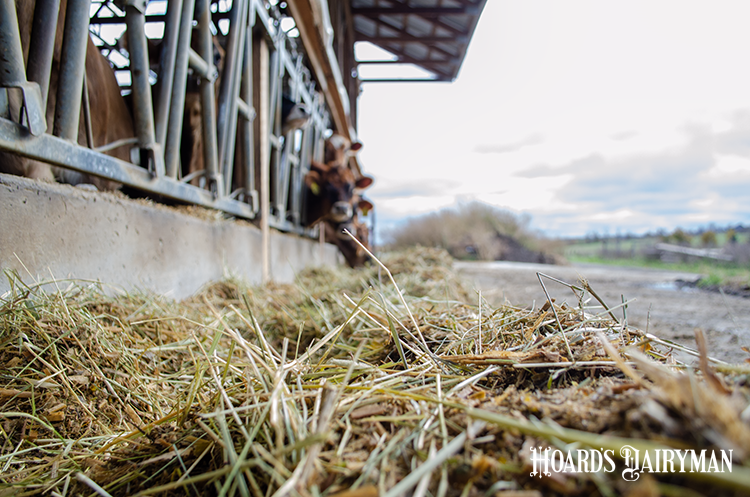
Converting feed cost to milk income is the most basic description of my job as a nutritionist. It is really no different than an auto manufacturing plant that buys various pieces of metal, plastic, and rubber and sells those inputs in the form of a new car.
The same approach exists with the car factory and a dairy. We hope to buy things for a certain cost, invest in the combination of those things into a sellable product, and then sell that product for a price that exceeds the costs throughout the entire process.
There is one important and vital missing component of the process in the paragraph above.
The cow.
Just like the auto industry must build and maintain a production facility, we must take care of cows. We know that we are asking a lot of this animal designed to convert various feedstuffs into milk, calves, and ultimately beef. It is critical that a nutritionist never lose sight of the careful feeding of dairy cows to fully respect their health and well-being.
A must read
Mostly due to an updated version of the series “All Creatures Great and Small” on PBS, I have spent some of my driving time listening to the original novels telling the story of a mixed-practice veterinarian in the Yorkshire Dales in England starting in the 1930s. I would recommend the series and the books to all working in the livestock sector. I am sure my veterinary friends would feel even more connection to the stories in the books than me as an on-farm nutritionist. Yet, there are many similarities between the relationship between small farmers in 1930s rural England and their veterinarians to my relationships with dairy farmers today.
One of the reasons the interactions between veterinarian James Harriot and his farm clients are so interesting to me is that many of my interactions with dairy clients have as much to do with animal health as nutrition. I guess it is impossible to separate the two. Though a nutritionist doesn’t take an oath, we should all have the approach “above all do no harm.”
My cows versus the cows
You know you are in trouble when a dairy client, no matter if they milk 50 or 10,000 cows, in a conversation refers to the cows as “my cows.” Usually, it would be “the cows” in so many conversations about production, cow comfort, intakes, and reproduction. However, when cows start dying from something that may have a nutritional connection, all of a sudden they are passionately referred to as “my cows.” In the novel, the herds are small and the anguish from the farmers when they lose an animal is palpable.
For me, it is the same.
If animals are being lost, the weight on a good nutritionist is extreme.
In the novel, you get to know various townspeople, and among them is the “knacker man.” Not having ever heard the term before, I had to do a little study. The knacker man of historical England drove a horse-drawn buggy and was called to slaughter an animal unable to be saved or remove the carcass of an animal that has already been lost.
Unfortunately, the knacker man still exists today, though he has a different name and drives a different vehicle. And unfortunately, we still have to call him more than anyone wants to.
We can turn this chat into metrics and talk about annual death loss speed in the various dairy herd management programs.
Animals die.
We can’t fix that.
People die.
We can’t fix that either.
In the Yorkshire Dales in 1935, these animals all had names. That may not be the case today, but that doesn’t lessen the need to manage this reality as best as we can. I tell my clients that every cow that dies had an ear tag and a story. Additionally, it had an investment that is now lost. It is all bad, but failing to manage it and keep it front of mind doesn’t only make you a poor businessperson, but also doesn’t qualify as being a good human. We must all work hard in this area.
Fast forward to today
What shall we then do?
In the novel, Mr. Harriet, the vet, often encouraged his clients to call him early on in a problem to reduce the times the knacker man came to get a carcass compared to an earlier than desired harvest. This hasn’t really change much in almost a hundred years.
Timely culling of compromised animals is a must.
The routine tracking of various health events and where possible, adjusting diets to reduce risk is also key.
This opportunity seems to exist most commonly around calving transition.
As a nutritionist, I feel it is compulsory for me to collaborate with my veterinary colleagues and our shared clients to work together for the best health for our production animals. Not only is it the right thing to do, but it is also the most profitable thing to do. You can find information on the newest streamable television series of All Creatures Great and Small on pbs.org. The various autobiographical novels are available in numerous print and audio book formats.








